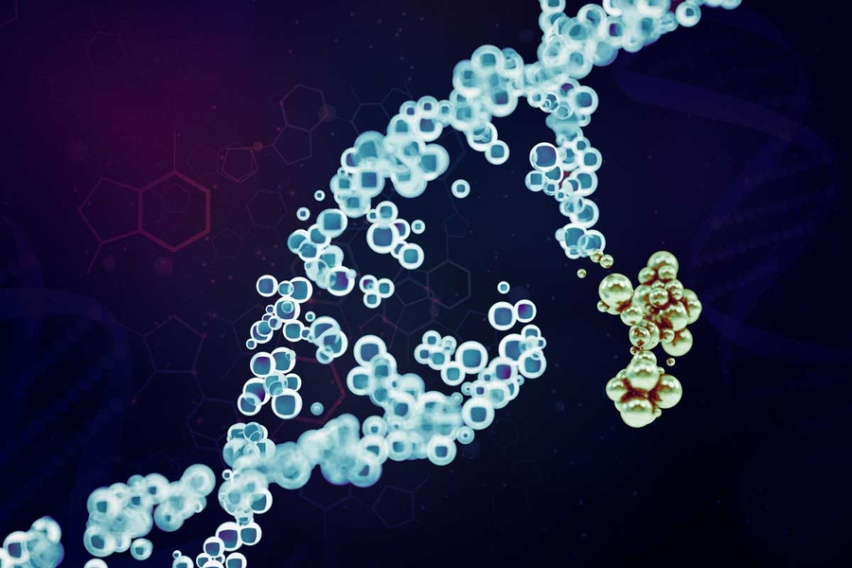MIT News
April 25, 2023
The Bhatia Lab designed a new nanoparticle sensor that, like its previous sensors, could enable early, affordable, and accessible diagnosis of cancer with a simple urine test. As described in Nature Nanotechnology, when the nanoparticles encounter a tumor, they shed DNA “barcodes” into the urine, which can be read on a simple paper strip and analyzed in a medical lab to detect cancer, distinguish between tumor types, or monitor response to treatment.
The research was supported in part by the Marble Center for Cancer Nanomedicine and the Koch Institute Frontier Research Program via the Kathy and Curt Marble Cancer Research Fund.
